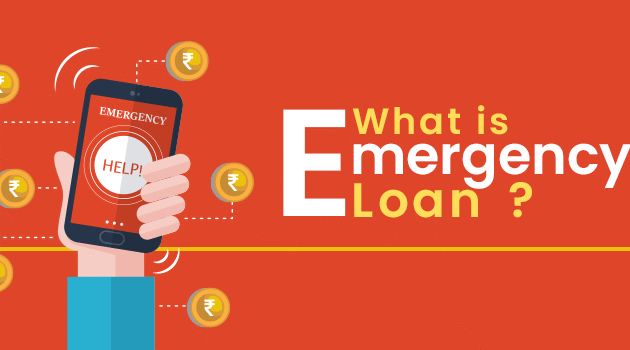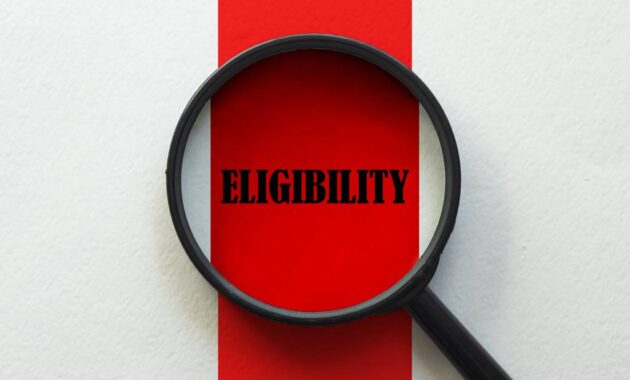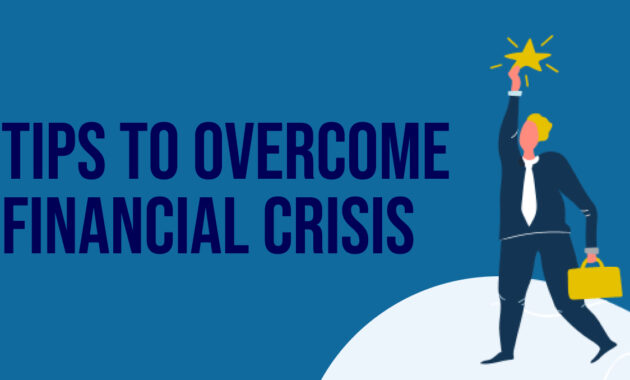When unexpected financial challenges arise, small businesses often find themselves in vulnerable positions. Whether it’s due to economic downturns, natural disasters, or sudden drops in revenue, these unpredictable moments require immediate financial solutions. That’s where emergency loan services come in—a vital lifeline that can help businesses stay afloat during turbulent times.
This comprehensive guide explores everything small business owners need to know about emergency loan services, including how they work, the different types available, eligibility requirements, and tips for choosing the right option.
Understanding Emergency Loan Services
What Are Emergency Loan Services?

Emergency loan services are fast-access funding solutions designed to help businesses overcome urgent financial challenges. These loans are typically short-term and offer quicker approval processes compared to traditional financing.
Why Are Emergency Loans Important for Small Businesses?
Small businesses often operate with tight cash flow and limited reserves. Emergency loan services can:
- Cover immediate expenses (rent, payroll, inventory)
- Support recovery after natural disasters or emergencies
- Bridge funding gaps during seasonal downturns
- Help avoid bankruptcy or closure
Types of Emergency Loans for Small Businesses
1. SBA Disaster Loans
The U.S. Small Business Administration (SBA) offers low-interest federal disaster loans to businesses affected by natural disasters or economic crises.
Key Features:
- Long repayment terms (up to 30 years)
- Low interest rates
- Loans for physical damage or economic injury
2. Business Line of Credit
A revolving credit line gives business owners access to funds when needed and only pays interest on the amount used.
Best For:
- Managing cash flow disruptions
- Covering temporary shortfalls
- Paying vendors and suppliers quickly
3. Merchant Cash Advances (MCAs)
MCAs provide a lump sum in exchange for a portion of future sales.
Pros:
- Fast approval
- Flexible repayment based on revenue
Cons:
- High fees
- Not ideal for businesses with low or inconsistent sales
4. Short-Term Business Loans
These are lump-sum loans with fixed repayment periods, often between 3 and 18 months.
Advantages:
- Predictable repayment
- Quick funding (often within 1–3 days)
Disadvantages:
- Higher interest rates
- Shorter repayment window
5. Invoice Financing
This involves borrowing against unpaid invoices. Lenders advance a percentage of the invoice amount, and you repay when the client pays.
Ideal For:
- Businesses with outstanding accounts receivable
- Improving cash flow without taking on debt
Eligibility Requirements

Common Criteria Lenders Look For:
- Time in business (usually 6 months+)
- Monthly or annual revenue minimums
- Credit score (varies by lender)
- Business financial statements
- Collateral (sometimes required)
Not all emergency loans require excellent credit. Some lenders focus more on your cash flow and business performance.
How to Apply for an Emergency Loan
Step-by-Step Process
- Assess Your Needs: Determine how much funding you need and what you’ll use it for.
- Gather Documentation: Prepare bank statements, tax returns, financial reports, and any legal documents.
- Research Lenders: Compare online lenders, banks, credit unions, and SBA options.
- Submit Application: Provide accurate and complete information to speed up approval.
- Review Terms: Look at APR, repayment schedule, and any fees before accepting.
- Receive Funds: Depending on the lender, funds may arrive in 24–72 hours.
Pros and Cons of Emergency Loan Services
Pros
- Fast access to capital
- Saves businesses during financial crises
- Can be used for a variety of needs
- Options for bad credit borrowers
Cons
- Higher interest rates for quick-access loans
- Potential debt burden
- May require collateral or personal guarantees
- Some lenders have predatory practices
Choosing the Right Emergency Loan
Evaluate the Following:
- Speed: How quickly do you need the funds?
- Cost: What’s the APR and total repayment amount?
- Loan Term: Can you manage the repayments in the given timeframe?
- Lender Reputation: Are they credible and transparent?
- Use of Funds: Does the loan match your financial need?
Red Flags to Watch Out For:
- Unclear fees or repayment terms
- Upfront payment requirements
- No physical address or poor online reviews
- No credit or business history check
Government Assistance Programs
Aside from standard loans, small businesses should explore government assistance during crises.
SBA Economic Injury Disaster Loans (EIDL)
Offered during federal emergencies, these loans provide low-interest, long-term support to eligible businesses.
Local and State Relief Funds
Many states and cities provide grant or loan programs for small businesses affected by local crises. These programs often have easier terms than federal or private loans.
How to Avoid Future Financial Crises

Build an Emergency Fund
Set aside a percentage of profits monthly to create a cushion for unexpected expenses.
Diversify Revenue Streams
Relying on one product or client can make your business vulnerable. Diversify your income to stay resilient.
Improve Cash Flow Management
Use tools to track cash flow, reduce unnecessary spending, and forecast income and expenses more accurately.
Establish Relationships With Lenders
Having an existing relationship with a bank or credit union can help you access funds more quickly when emergencies arise.
Real-Life Examples of Emergency Loans in Action
Example 1: Natural Disaster Recovery
A local bakery affected by a hurricane used an SBA disaster loan to repair their shop, restock ingredients, and reopen within a month.
Example 2: Pandemic Survival
A marketing agency saw revenue drop during COVID-19 and secured a business line of credit to maintain payroll and continue operations.
Example 3: Sudden Equipment Failure
A plumbing company used a short-term loan to replace a broken van, ensuring they could continue serving clients without interruption.
Also Read : How To Pay Off Your Home Loan Faster And Save Interest
Conclusion
Emergency loan services are a vital safety net for small businesses facing sudden and severe financial strain. While they come with costs and risks, they can also mean the difference between survival and shutdown during a crisis. By understanding your options, preparing in advance, and choosing the right lender, you can navigate emergencies with confidence and keep your business moving forward.
FAQs
What is the fastest emergency loan option for small businesses?
Merchant cash advances and short-term online loans typically offer the fastest funding, sometimes within 24 hours.
Can I get an emergency loan with bad credit?
Yes, some lenders specialize in working with bad credit businesses, especially if you have strong revenue or collateral.
Are emergency loans different from regular business loans?
Yes, emergency loans prioritize speed and short-term relief, while regular business loans are typically used for long-term investments.
Do emergency loans require collateral?
Not always. Some unsecured loans and lines of credit do not require collateral, but may have higher interest rates.
How much can I borrow with an emergency loan?
Loan amounts vary by lender and loan type, but typically range from $5,000 to $500,000 depending on your business size and need.




